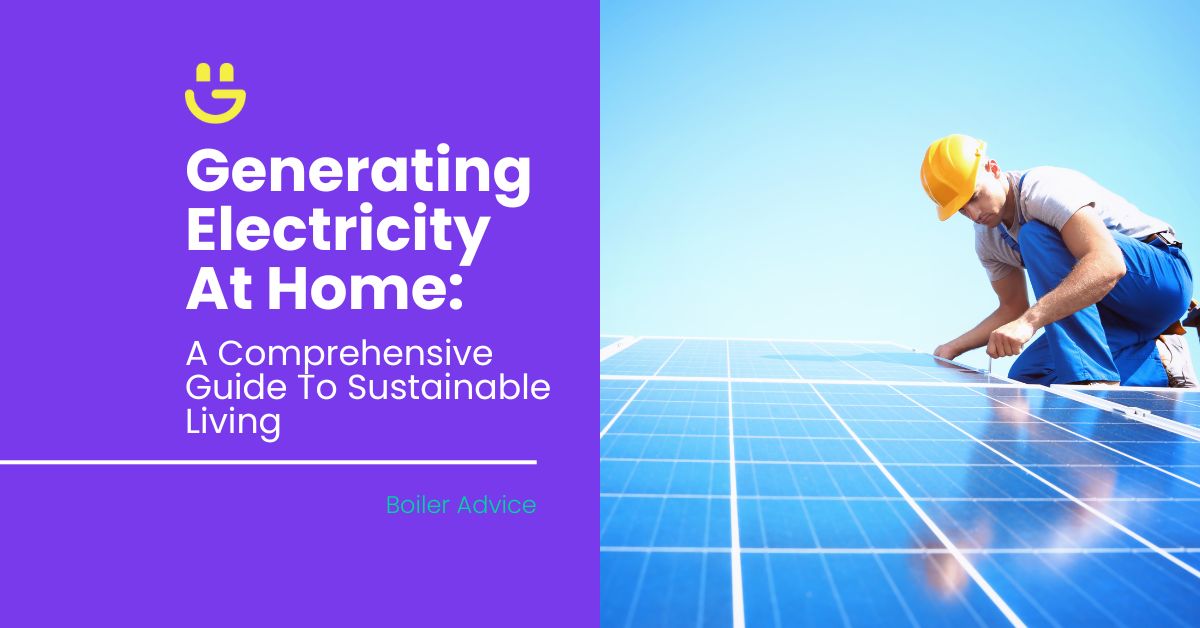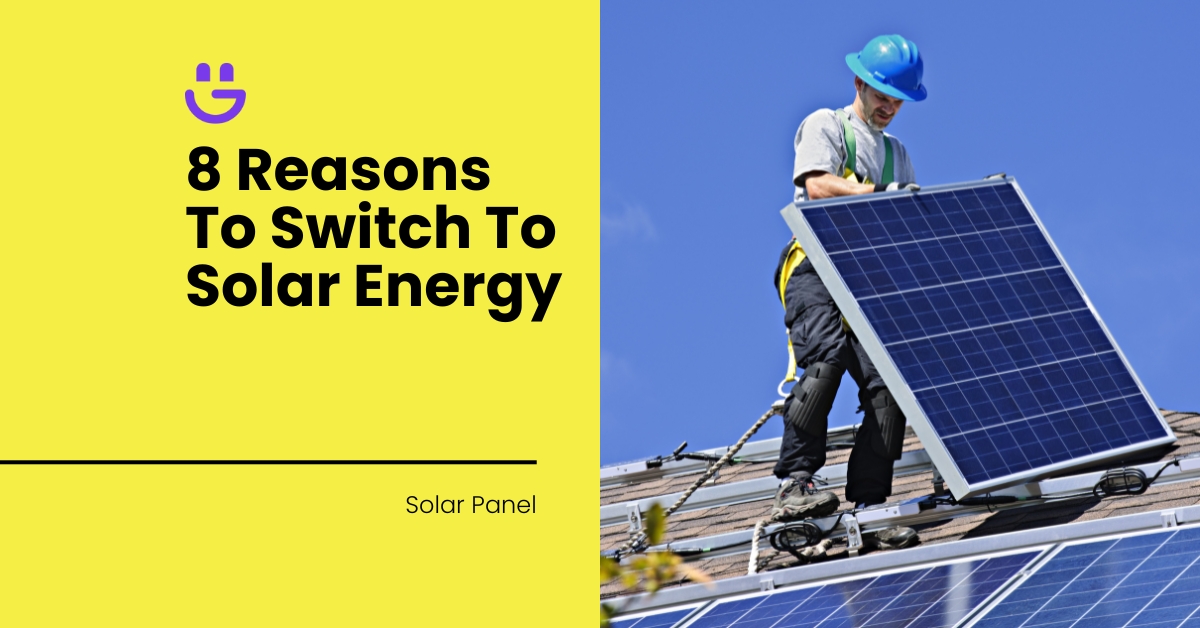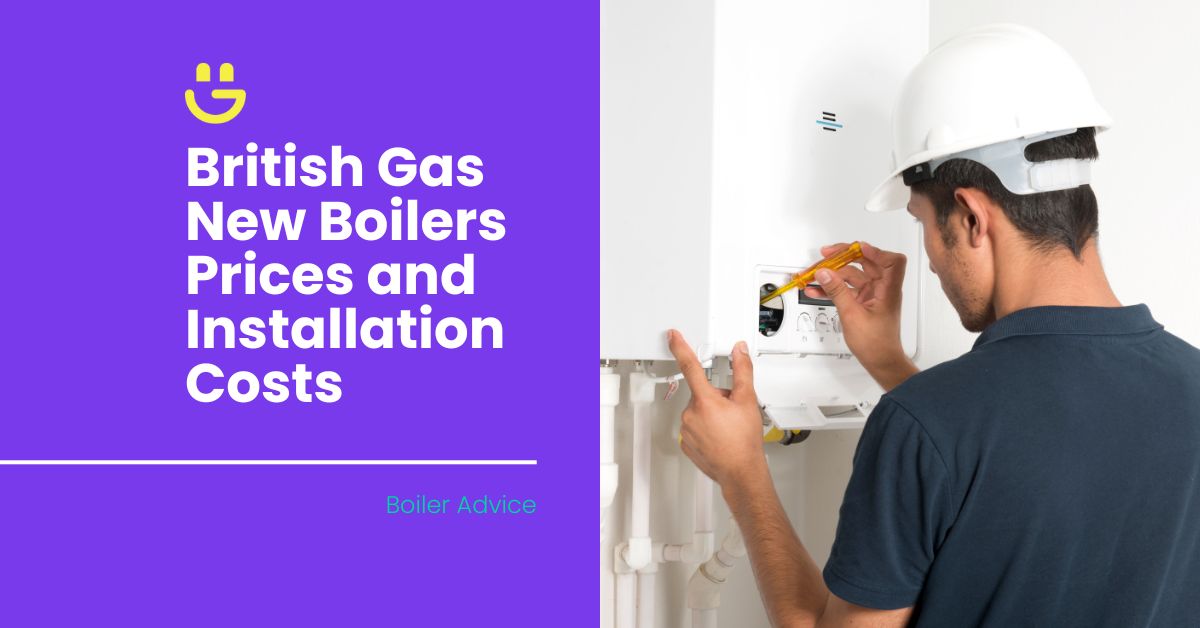Last Updated on January 15, 2025
Are you tired of the soaring energy prices? Generating electricity at home and not having to dread that bill at the end of the month has never been more tempting.
Being able to sustainably generate your own electricity has many benefits! But from so many different renewable sources to choose from, you might feel a little overwhelmed with where to start.
Going off the national grid using solar and wind power is beneficial to you, your wallet and the environment. By making use of off-grid power solutions you’ll be playing your part in fighting the climate crisis.
Let’s explore the various options out there to help you on your renewable energy journey!
Contents
Why Generate Electricity At Home?
Well, why not? Being able to generate electricity at home is beneficial to you and the environment. Not only will you be playing a role in saving the planet, but you’ll also save money in the long run. On top of that, self-sufficiency has never been a bad thing.
However, your independence from the grid does come at a price. Like most good things, setting up your renewable energy system isn’t free.
It will require an initial investment due to installation costs to get it going. Thankfully, though, it does start paying for itself after the first couple of years.
There will also be regular maintenance costs to ensure your system is in tip-top shape.
How To Generate Electricity At Home: Main Methods
Living in the UK means you have a few options for generating eco-friendly power at home. Let’s delve into renewable energy systems for homes so you can choose one that suits your needs and pocket.
Solar panels at home
Unlock the potential of sunlight. Solar panels have become a symbol of sustainable living. The UK might not be known as the sunniest place in the world, but solar panels are still a viable option to generate electricity because they don’t need direct sunlight to generate electricity. In fact, solar panels currently contribute to around 33-51% of energy generation in the UK, even in winter.
For a clearer understanding of how much energy you can produce at home, read our article on how many solar panels are needed to generate 1000 kWh of electricity per month.
Installation
Before you have your solar panels installed, you need to make a few decisions on the type of solar panel you want. The most common three are monocrystalline panels, polycrystalline panels, and thin-film solar panels.
Keep in mind that certain restrictions may come into play if your solar panels extend more than 200 mm from your roof or if your building is situated in a conservation area.
The installation will go like this:
- Scaffolding set up: Safety comes first! Scaffolding will be installed around your house to keep the installation team safe during the process.
- Roof anchors: The team will attach roof anchors based on your roof and tile type to hold the base for the solar panels in place.
- Frame attachment: The frame, made of aluminium bars, will then be connected in a straight and parallel manner.
- Solar panel installation: The solar panels are clamped to the aluminium frame, ensuring they are securely positioned.
- Wire the panels: Connect the panels to an inverter in your attic, which converts solar energy into electricity for your home appliances.
- Final connections: Final connections are made to the unit and it’s connected to a generation meter to measure the electricity produced.
- Testing phase: The team will ensure that everything is correctly wired and connected. Once tested, your solar panel installation is completed.
Benefits
Switching over to solar power will benefit you financially as well as reduce your carbon footprint. There’s a reason that this is one of the UK’s favourite green home power options.
- A 4 kW system can save you £729 annually, covering 117% of your electricity demands in ideal conditions.
- Unlike burning fossil fuels, solar power doesn’t release any carbon dioxide into the environment. It has been estimated that one installation can minimise the amount of carbon dioxide going into the air by 25 tonnes.
Considerations
There are a few things that you need to take into consideration when making this transition.
This includes storing some of the renewable energy generated during the day to use at night time when there are no sun rays. This is where solar or heat batteries come in:
- Solar batteries: These come in various sizes, but they typically take up space similar to a large water heater. You can install them indoors or outdoors, depending on the model and regulations.
- Heat batteries: These use solar energy to heat water or a solid thermal mass for later use. They require dedicated space, often in a basement or utility room, depending on the size and desired capacity.
This system also requires a certain amount of space on your property. You’re going to need to work out how many solar panels you’ll need and then do some calculations about whether you have enough space on your roof.
However, the best part about solar power in the UK is that there are grants available to help cover some of the costs! These include:
- 0% VAT: Save on upfront costs in England, Scotland, and Wales.
- Smart Export Guarantee (SEG): Earn money back for excess energy sold to the grid.
- ECO4: Low-income households in England, Scotland, and Wales can get help replacing old heating systems with eco-friendly alternatives, like solar panels.
Wind turbines
You might be wondering if this is a reliable method for generating electricity. But, fun fact, the UK is ideally located to use wind energy.
A home wind turbine works on a simple principle: they take the wind’s renewable energy and turn it into electricity for your home! It does this by pushing turbine blades, which spin a shaft that can generate electricity.
Installation
Investing in home wind turbines can be a rewarding experience, but it requires careful planning, research, and a clear understanding of what to expect.
Class H is what allows homeowners under specific conditions to install wind turbines without seeking planning permission. However, careful consideration of regulations and responsible installation practices are crucial.
There are a few simple steps you’ll need to follow while going ahead with this installation:
- Check if your property qualifies: Your property must be a detached dwellinghouse or detached building. Additionally, no more than one wind turbine is allowed and you should not have an air source heat pump installed.
- Choosing the correct wind turbine: Your choice of turbine must meet the Microgeneration Certification Scheme (MCS) or equivalent standards and have a max swept area of 3.8 square metres per non-reflective blade.
- Ensure the correct placement:
- Maximum height: 3 metres above the highest part of the roof (excluding the chimney) or 15 metres overall, whichever is lower.
- Minimum distance: 5 metres between any blade and the ground and any property boundary.
Benefits
Homeowners could potentially save quite a bit on their electricity bills after they’ve installed domestic wind turbines. But, the upfront cost is quite high.
- A 2.5 kW turbine in ideal conditions could cover the average household’s annual energy needs of 3,330 kWh, according to research done by Ofgem.
- Wind power generation has loads of benefits for the environment as it reduces carbon emissions, and water and air pollution.
Considerations
There are a few conditions homeowners have to keep in mind when considering making the switch to wind power:
- Location: Buildings, trees, and other structures can significantly impact wind flow and energy generation. Also, take into account the average wind speeds of the area you live in. This will determine the size of turbines you should install to optimise energy efficiency.
- Local regulations: Some areas have restrictions on turbine height, noise levels, and placement. You’re going to have to check the regulations of your area before you put up the turbine.
- Cost: This is a pretty big investment, and with no grants available you’ll need to cover the costs yourself. Along with the installation costs, it could add up to anything between £30,000 and £40,000.
- Insurance: You might need to take out special insurance to cover the turbine and any damage it may incur.
Hydroelectric systems for home use
Go with the flow and make the most of a nearby stream or river. Microhydro systems are a super affordable option for off-grid homes. Water is an excellent source of renewable energy, but not everyone is as lucky to live in a location where they can use it to produce electricity.
Installation
You’re going to need to do proper research and planning to generate energy using water, but it’ll be well worth it.
- Property check: Your property needs a flowing water source,like a stream or river that you have land rights to.
- System design:
- Water flow: Measure the flow rate and head (height difference) of your water source.
- Turbine selection: Choose a turbine type (e.g., propeller, Pelton) suitable for your flow conditions.
- Generator capacity: Match the generator size to your expected energy output needs.
- Installation and maintenance:
- Consult with qualified hydropower installers for professional guidance.
- Proper installation ensures system efficiency and safety. The maintenance costs are minimal and the hydro system should last 40-50 years.
Benefits
Making use of hydropower is an excellent option for an off-grid home for various reasons:
- It generates electricity for 24 hours a day.
- It’s affordable.
- Minimise your carbon footprint and gain energy independence.
- Lower electricity bills.
Considerations
This might be one of the more obvious things to consider, but this is only a sustainable home power source if there is a flowing source of water nearby. The river needs to flow all year round and have a pretty big difference in height over a short distance.
FIT Grants for hydro systems are no longer available. However, existing systems installed before March 31, 2019, may still qualify for some financial benefits. Feed-in Tariff Scheme (FITs), stopped accepting new applications on March 31, 2019.
Develop this as a community! The positive impact this will have on the environment will be so much greater than when it supplies just one household.
Other renewable sources
Biomass system
Biomass systems convert organic materials into electricity. This is a good residential renewable energy source; however, the initial installation costs are high and you’ll need a professional to do them.
- Viability: Suitable for some homes, but some considerations include fuel availability, space, and environmental impact.
Geothermal
Geothermal systems harness the Earth’s heat for electricity.
- Viability: Suitable for homes with sufficient subsurface heat and appropriate soil conditions. It requires professional installation and the upfront costs can be high; however, it does offer long-term savings and reliable energy generation.
FAQs
What is the cheapest way to produce electricity at home?
Solar panels are often cost-effective, with decreasing prices and government incentives. The cheapest way to generate your own electricity depends on what you have available to you. For example, hydro systems are also affordable if shared within a community.
What uses the most energy in a house?
Heating and cooling systems, heaters for hot water, refrigerators, freezers, washers, dryers, and traditional light bulbs are some of the appliances that use the most energy in a house.
What is the most reliable source of renewable electricity?
Unfortunately, renewable energy sources aren’t the most reliable which is what steers people away from them. Nuclear power is the most reliable source of energy; however, this isn’t a system that can be installed in a home.
Final Thoughts
There are a lot of ways to generate sustainable energy for households, you just need to choose the right one for your needs and environment.
Solar and wind power are both excellent forms of renewable energy and are commonly used all over the UK. However, solar panels reign supreme. Even though they might be pricey to install, solar panels come with generous grants like 0% VAT and the Smart Export Guarantee.
Wind power is also a pretty great form of residential renewable energy to reduce your carbon footprint; however, it might just cost a pretty penny to get started.
If you’re located near a stream or river, a micro-hydro system is even an option, and they have a super long lifespan.
Generating your own electricity isn’t just about saving money, it’s about taking control of your energy and contributing to a cleaner planet. Choosing alternative energy for households to fit their needs and circumstances can be tricky, so don’t hesitate to seek expert advice from Eco Happy.






James Elston
Boiler Expert
James Elston is the top boiler replacement and heating expert at Eco Happy. He has over 20 years of experience in the industry, focusing on Gas Safe boiler installations and offering home-heating and energy-saving solutions to homeowners across the UK. From sourcing the most energy-efficient combi boiler to providing specialist heating advice, James ensures that Eco Happy maintains the highest standards and best customer service.